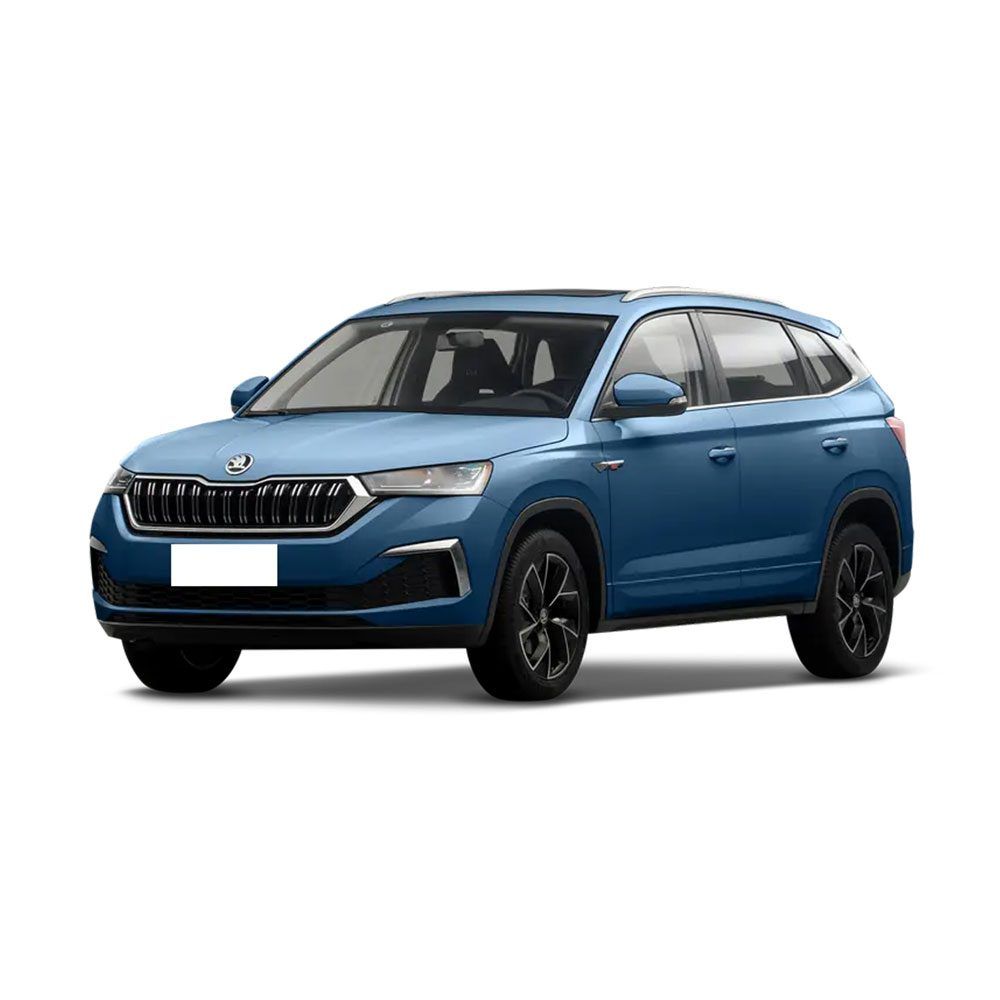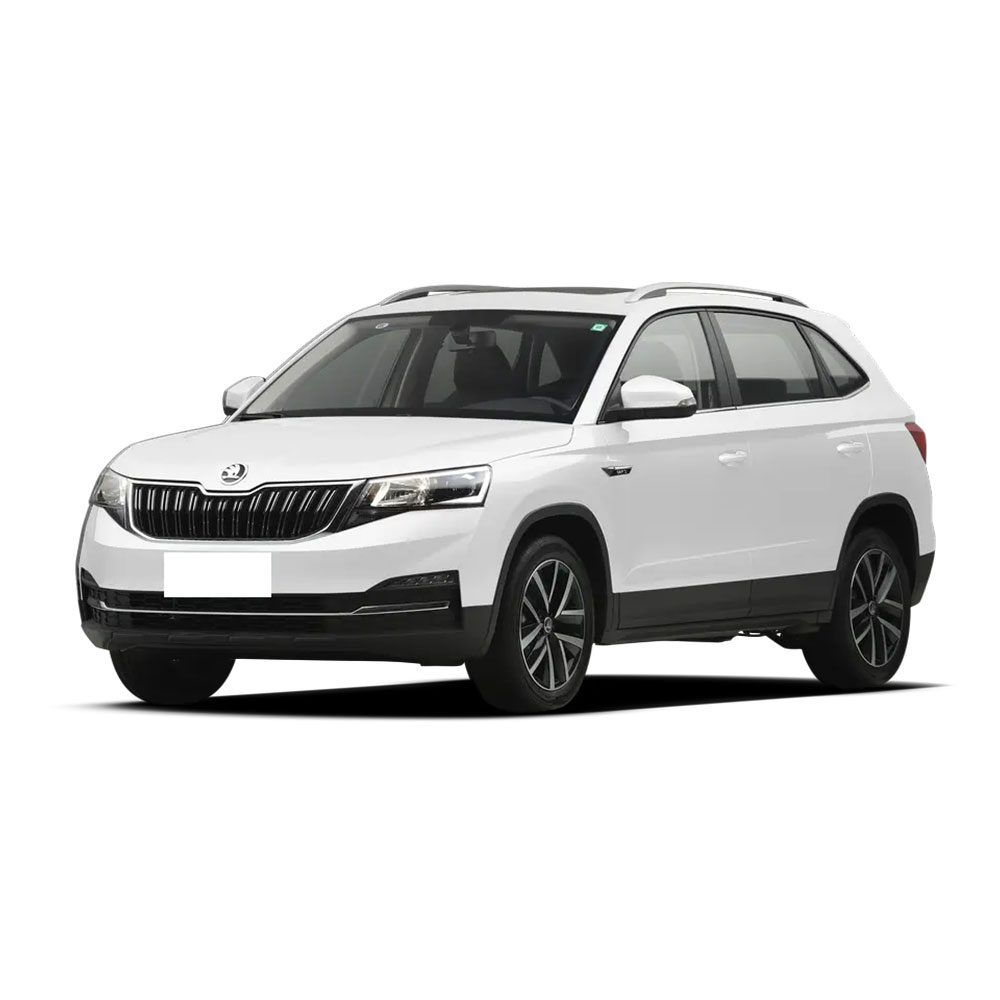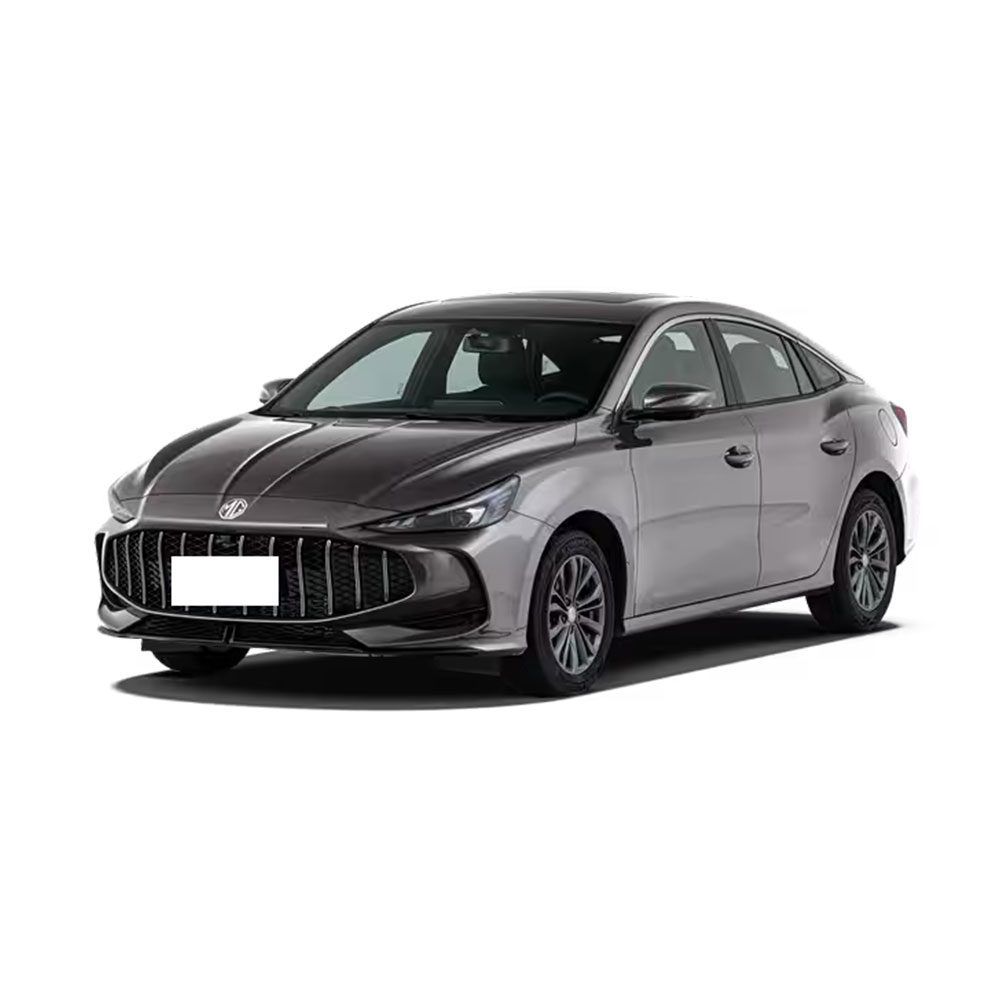
BYD vs Geely Electric Cars: Which One Is Better in 2025?
Both Geely and BYD are top-tier Chinese automotive brands, having created numerous iconic models. These two brands are among the primary considerations for many Chinese car buyers, making the competition between them exceptionally fierce. With Geely and BYD implementing their respective export strategies, global consumers have also become familiar with these brands. However, many car buyers struggle to choose between Geely and BYD during the purchasing decision. To assist, we present a 2025 comparison of Geely and BYD brands:
I. Brand Overview: Technology Roadmap & Market Positioning
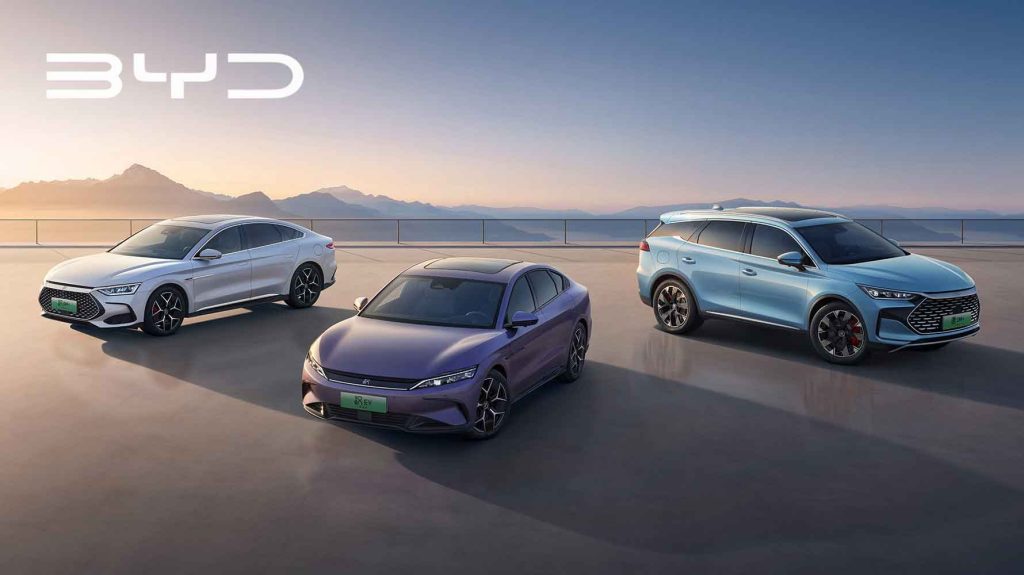
BYD
- Technology Roadmap: Vertical integration model (self-developed Blade Battery, motors, ADAS systems). 2025 sales target: 6 million units, leveraging economies of scale to reduce costs.
- Core Strategy: “Democratization of smart driving” – deploying the high-end ADAS system “Sky Eye” (supports highway NOA, automated parking) in ¥70k-class models (e.g., Seagull) to reinforce technological leadership.

Geely
- Technology Roadmap: Differentiated ecosystem (low-orbit satellite communications, methanol hybrid tech). 2025 sales target: 2.71 million units, centered on a “high-spec-at-low-price” strategy.
- Core Strategy: Selling Galaxy series models (e.g., L6, A7) near cost (¥80k-100k range), countering BYD’s ADAS advantages with luxury features (massage seats, large screens).
BYD vs. Geely Model Comparison
Mini Cars (A0 Segment)
BYD Seagull
Price: From ¥78,800 (2025 Free Edition)
Range: 405km (CLTC)
Key Advantage: Standard L2 ADAS (incl. highway NOA), 800V fast charging (18-min 30%→80% recharge).
Sales: Avg. 34k/month (June 2025).
Geely Xing Yuan (Wish)
Price: From ¥78,800 (post-discount from ¥36,800)
Range: 400km (CLTC)
Key Advantage: Comparable specs to Seagull but ¥10k cheaper; younger design; retains L2 ADAS.
Sales: 40k units (June 2025), surpassing Seagull.
Key Difference: Seagull leads in ADAS tech democratization; Xing Yuan competes via pricing and design.
Compact Hybrid Sedans (A Segment)
BYD Qin L DM-i / Seal 06 DM-i
Price:From ¥99,800 (Qin L), ¥139,800起 (Seal 06 DM-i)
Range: 2100km combined (Qin L, NEDC); 3.4L/100km Power loss fuel consumption (Seal 06).
Tech: 5th-gen DM-i hybrid, 46.06% thermal efficiency.
Geely Galaxy L6 / Galaxy A7
Price:From ¥79,800 (L6),From ¥103,800 (A7 pre-sale)
Range: >2100km combined (A7, CLTC); 2.67L/100km Power loss fuel consumption (A7).
Features: A7 high-trim includes standard HUD, seat ventilation/massage; Flyme Auto infotainment.
Key Differences:
Efficiency: A7 claims lower fuel consumption but user tests show ~33% higher actual consumption; BYD DM-i offers more consistent real-world fuel consumption.
Comfort: Galaxy series attracts families with “entertainment-focused features” (large screens + premium seats).
Mid-size Sedans (B Segment)
BYD Seal EV / Seal 07 DM-i
Price:From ¥175,800 (Seal EV),From ¥139,800 (Seal 07 DM-i)
Performance: Seal EV top speed 240km/h, 0-100km/h in 4.5s; Seal 07 DM-i: 2000km combined range.
ADAS: Standard “Sky Eye” (highway/urban NOA).
Geely Galaxy Xing Yao 8 (Stellar 8)
Price:From ¥115,800 (post-discount)
Range: 1600km combined, 130km pure electric
Features: >5m length; standard Nappa leather seats + ventilation/massage; 23-speaker audio.
Positioning: Full-size dimensions at mid-size price, directly competing with BYD Han DM-i.
Key Difference: Seal series leads in tech (ADAS + 800V platform); Stellar 8 emphasizes value via oversized dimensions and comfort.
SUV Market
Compact SUV (A Segment)
| Model | BYD Song PLUS DM-i | Geely Galaxy Starship 7 EM-i |
|---|---|---|
| Price | From ¥159,800 | From ¥115,800 |
| Range | 1200km (combined) | Unannounced (Song rival) |
| Features | Optional L2 ADAS | Dual large screens + “Queen” co-pilot seat |
| Strategy | Tech democratization | “High-spec-at-low-price” to pressure Song series |
Mid-to-Large SUV (C Segment)
BYD Denza N8 / Yangwang U8
Price: ~¥300k (N8), ~¥1M (U8)
Tech: U8 includes emergency flotation, tank turn off-road features.
Price: Estimated <¥200k
Features: 5.2m length; 6-seat aviation-style seats + LiDAR ADAS; range unannounced.
Positioning: Competes with Li L9 via half-price strategy.
Premium & Performance Models
BYD Han EV / Sea Lion 7 (export)
Han EV:From ¥145,800, 0-100km/h in 3.9s, targets Tesla Model 3.
Sea Lion 7: Europe rival to Model Y, 550km WLTP range; Hungary factory avoids EU tariffs.
Lynk & Co 10 EM-P
Price: ~From ¥160k (est.)
Performance: 0-100km/h in 4.5s, 192km pure range, 200 TOPS ADAS compute.
Positioning: Competes with Han DM-i for young performance market.
Core Competitive Strategy Summary
| Aspect | BYD | Geely |
|---|---|---|
| Tech Roadmap | Vertical integration (battery/ADAS/motor R&D) | Ecosystem partnerships (satellite comms + Flyme OS) |
| Pricing | “ADAS democratization” (L2 in ¥70k models) | “High-spec-at-low-price” (¥10k-20k cheaper than BYD for same spec) |
| Weakness | Less comfort-focused than Geely | ADAS lags (no widespread highway NOA) |
| Global Expansion | Self-built overseas plants (Hungary/Brazil) | Acquiring local brands (Proton in SE Asia) |
Key Model Parameters Comparison
| Model / Brand | Price | Range | Performance Highlights | Tech Features |
|---|---|---|---|---|
| BYD Seagull Free Edition | ¥78,800 | 405km (CLTC) | 30-min fast charge (30%→80%) | 6 airbags + HD cameras (std) |
| Geely Galaxy L6 | From ¥89,800 | 2390km (hybrid) | 3.8L/100km Power loss fuel consumption | 14.6″ screen + faux leather seats |
| BYD Seal 06 DM-i Touring | From ¥109,800 | 2000km (hybrid) | 3.15L/100km Power loss fuel consumption | DiSus-C Suspension + fridge (std) |
| Geely Galaxy A7 | From ¥103,800 | 2100km (hybrid) | 47.26% thermal efficiency engine | Thor AI Hybrid 2.0 + eco interior |
| BYD Han EV | From ¥145,800 | 1350km (DM-i ver.) | 0-100km/h in 3.9s (EV) | DiPilot 300 ADAS + 800V fast charging |
Key Differences:
Range & Efficiency: Galaxy L6/A7 exceed 2000km combined range, slightly leading BYD peers (e.g., Seal 06), but BYD DM-i has better real-world fuel consumption (e.g., Seal 06: 3.15L vs. L6: 3.8L).
ADAS Capability: BYD standardizes “Sky Eye” with highway NOA; Geely focuses on L2 assist, requiring optional upgrades for advanced features.
Comfort: Geely prioritizes seat luxury (e.g., A7’s 10-layer “cotton candy” seats); BYD emphasizes utility (e.g., Seal 06’s 1535L trunk).
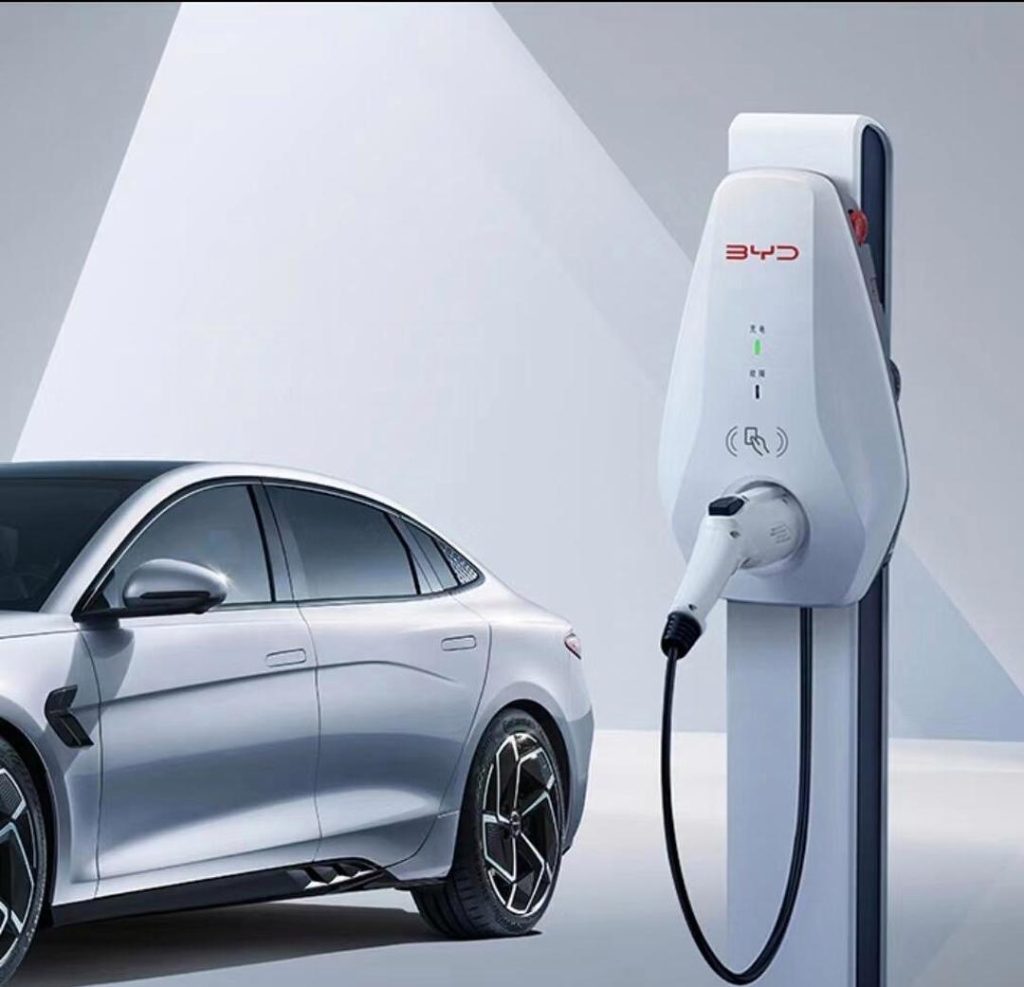
III. BYD VS Geely Charging Infrastructure Support
National Coverage: As of Jan 2025, China has >13M charging piles, public piles up 222.5% YoY; 67.9% concentrated in 10 provinces (e.g., Guangdong, Zhejiang).
OEM Support:
BYD: 800V high-voltage platform (Han EV) enables ultra-fast charging (30-min 80% recharge); includes free 7kW home charger.
Geely: Relies on third-party networks, no proprietary ultra-fast charging, but Galaxy series offers efficient charging (e.g., Galaxy E5: 0.33hrs).
IV. BYD VS Geely Export Popularity
China exported 198k NEVs in June 2025 (+116.6% YoY), with both brands performing as follows:
BYD: Exported 85,957 units (43% of total), targeting SE Asia/South America. PHEVs favored in regions with weak infrastructure.
Geely: Exported 26,569 units. Economy EVs (e.g., Geometry series) hold 15% Middle East share; leverages Proton acquisition for SE Asia localization.
Advantages/Disadvantages: BYD accelerates globalization via overseas plants (Thailand/Brazil) and RoRo fleets; Geely relies on acquired brands for localization, lagging in scale short-term.
V. How to Choose?
Prioritize ADAS & Efficiency: Choose BYD (e.g., Seal 06, Han) – mature tech, lower real-world油耗, ideal for tech-focused users.
Value Range & Comfort: Choose Geely Galaxy (e.g., L6, A7) – 2000km+ range + premium seating, suited for family road trips.
Global Buyers: SE Asia → BYD (infrastructure-friendly); Middle East → Geely (established channels).
Families: Galaxy M9 6-seat SUV (<¥200k) vs. Denza N8 (¥300k-class).
The rivalry embodies a “tech-for-all” (BYD) vs. “premium-at-value” (Geely) strategy clash. In 2025, BYD leads in ADAS/globalization aggression, while Geely counters with class-exceeding specs/range. Ultimately, consumers win – gaining ¥200k-class experiences from just ¥100k budgets.
Feel Free To Contact Ahcarsale Anytime
More Article
More Cars
Latest Articles

